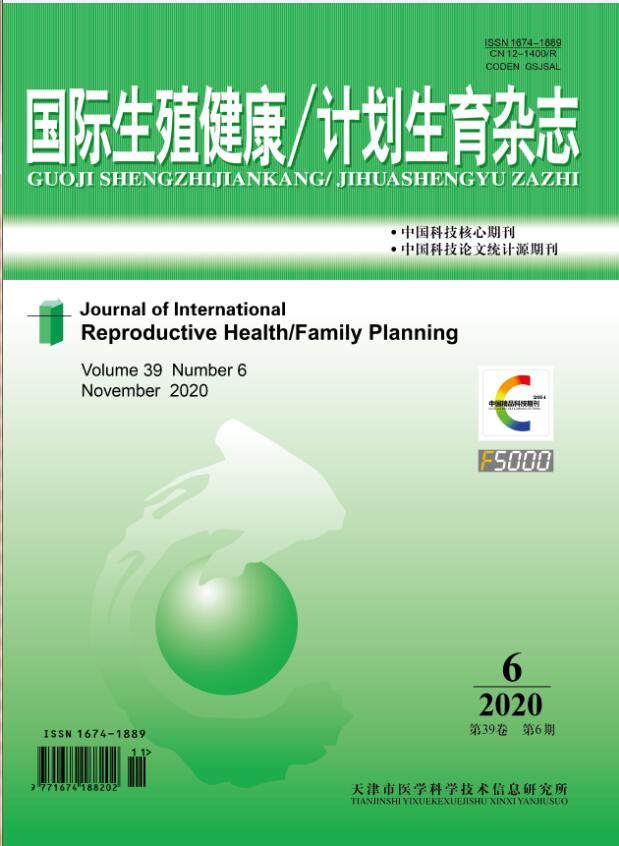|
|
Clinical Outcomes of Different Embryo Transfer Strategies in IVF Treatment Cycles
DONG Juan;CAI Ling-bo;ZENG Qiao;MA Long;XIA Meng;LIU Jia-yin;CHIAN Ri-cheng
2015, 34 (5):
368-371.
Objective: To compare the clinical outcomes of different strategies of embryo-transfer (ET) on the day 3 of in vitro cultured embryos in IVF treatment cycles. Methods:This is a retrospective study on those ET cycles on the day 3 of in vitro cultured embryos in those patients aged lower than or equal to 35 years in our IVF center from January 2010 to December 2012. All cycles were the first stimulated ovulation induced by long and short programs. The sperm-donor cycles and the genetic diseases cycles were excluded. Ocytes in every cycle were more than or equal to two. The strategies of ET were divided into four groups, based on the embryo number of ET and the embryo score(embryos were scored asⅠ, Ⅱ, Ⅲ, Ⅳ; while Ⅰ and Ⅱ were considered as high-score embryos and Ⅲ and Ⅳ as low-score embryos). Group A, transfer one high-score embryo; Group B, transfer two high-score embryos; Group C, transfer one high-score embryo and one low-score embryo; and Group D, transfer two low-score embryos. The rates of clinical pregnancy, implantation, twin pregnancy, miscarriage and live birth among 4 groups were compared. Results:There was not significant difference in the miscarriage rates among four groups (8.67%, 10.34%, 13.54%, 20.00%; χ2=4.146,P=0.246). The rates of clinical pregnancy and live birth per ET cycle in the group B(55.94%, 49.38%) were significantly higher than those in the group A (32.05%、28.63%) and the group C(42.86%, 37.72%), respectively(P<0.000 1). The rates of clinical pregnancy and live birth per ET cycle in the group C were significantly higher than those in the group A(P<0.01). However, the rate of twin pregnancy in the group B(36.31%) was significantly higher than those in the group A(0.67%) and the group C(23.96%)(P<0.01). Conclusions:The strategy of ET of one high-score embryo combined with one low-score embryo can get acceptable rates of clinical pregnancy and live birth per ET cycle, while it does not increase the rate of twin pregnancy.
Related Articles |
Metrics
|

